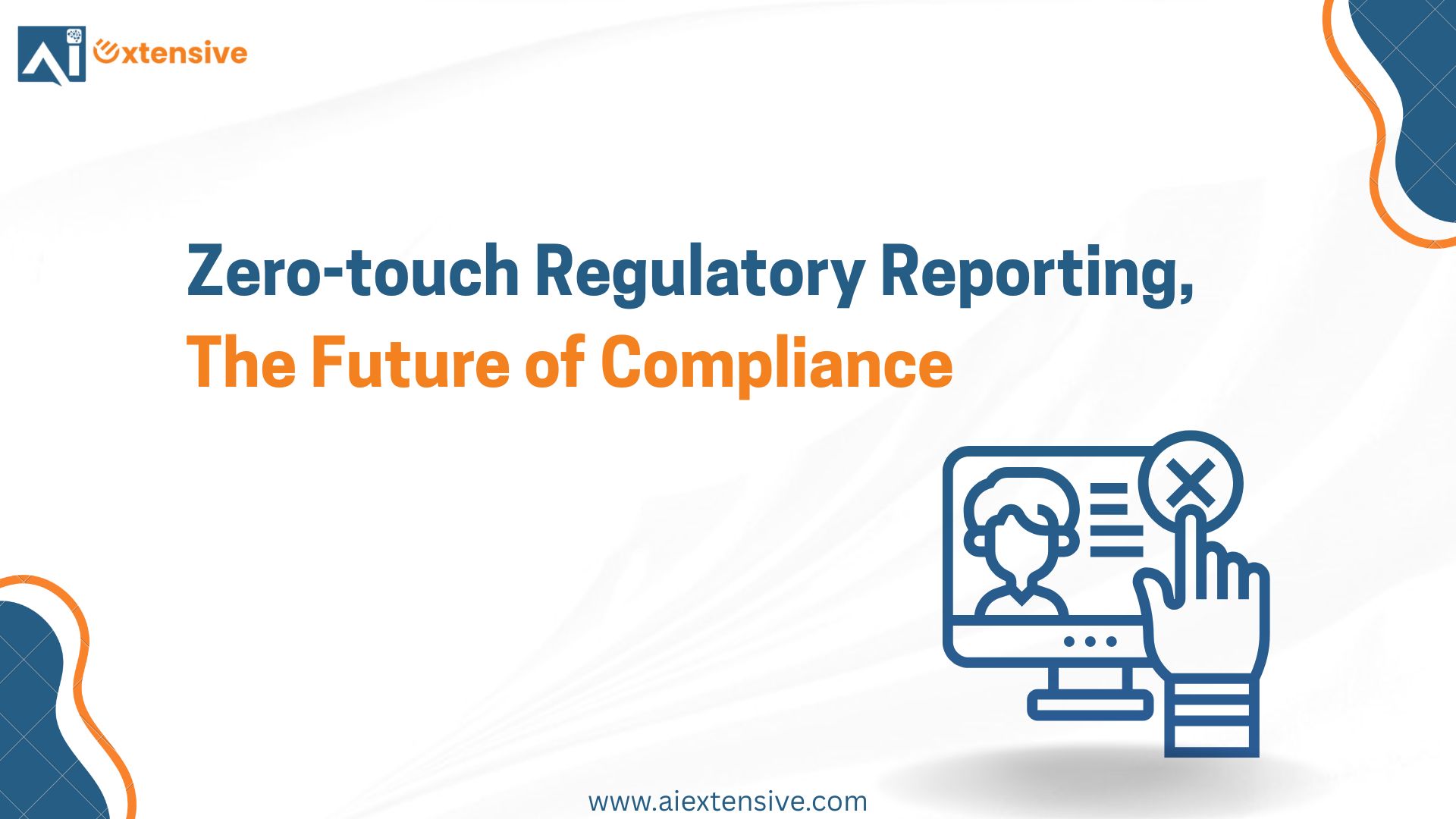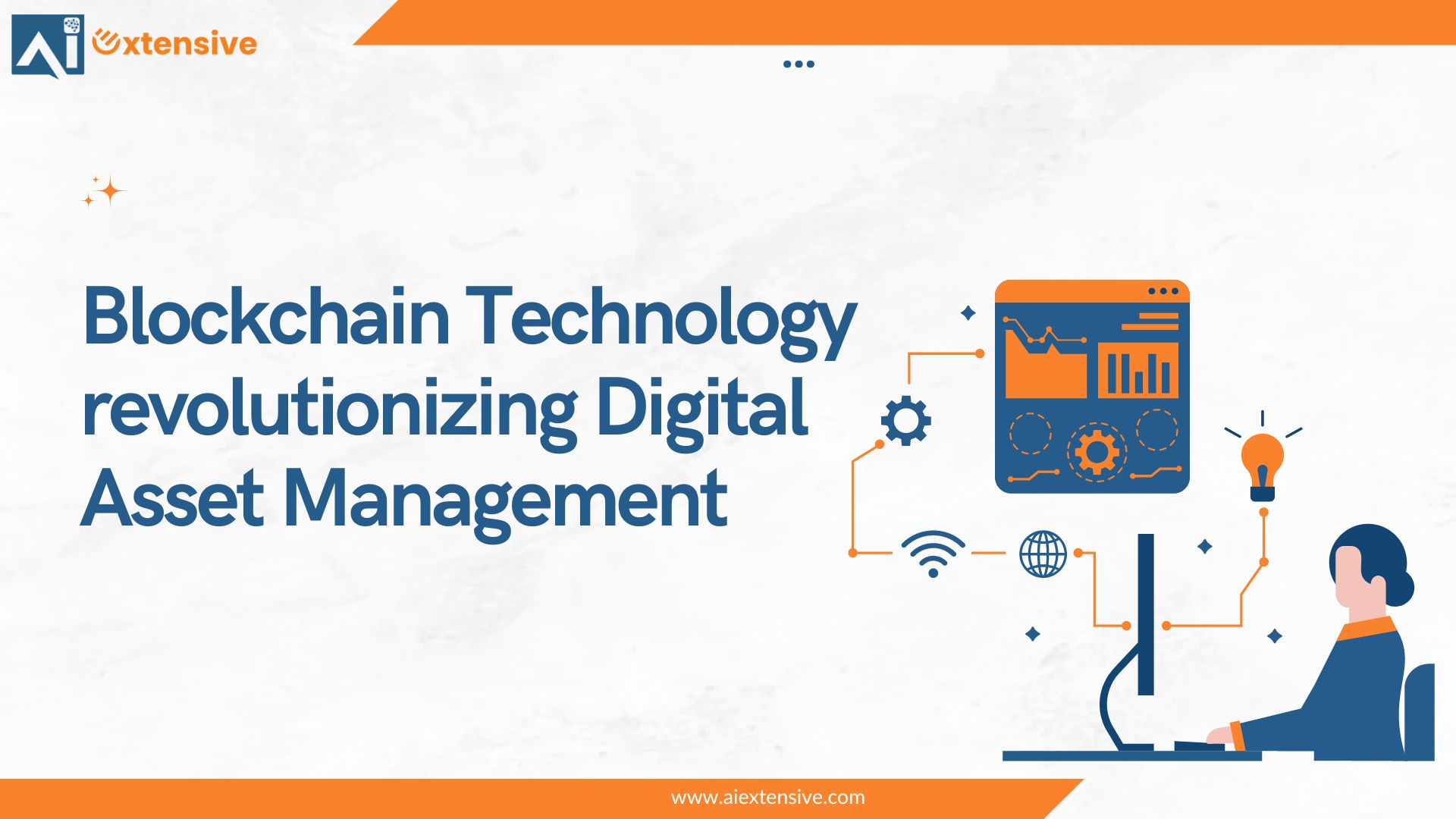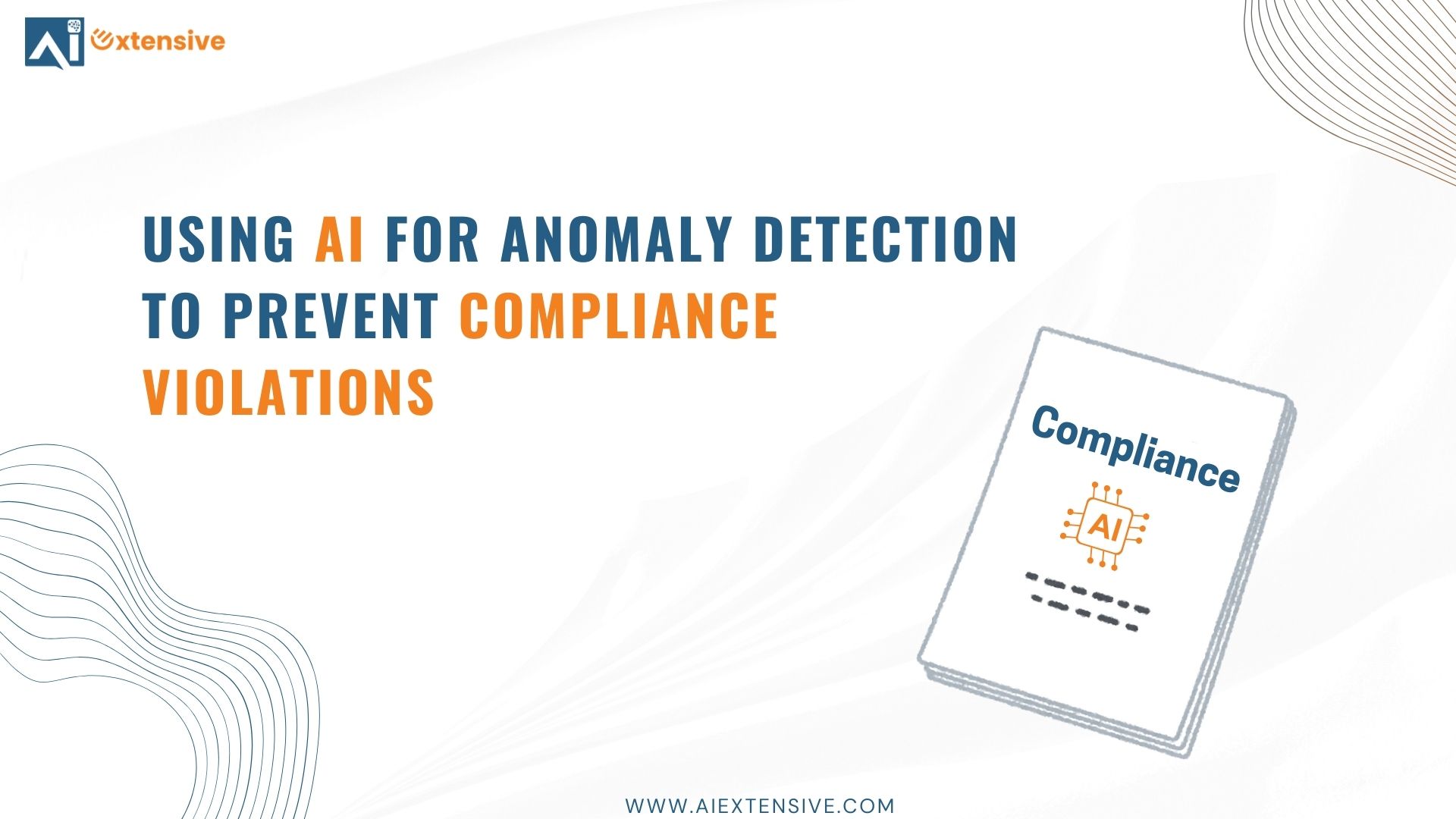In an era where financial future of compliance is more dynamic and demanding than ever, organizations are turning to technology not just for support, but for transformation. One such innovation making waves in the finance and accounting (FnA) domain is Zero-touch Regulatory Reporting.
This paradigm shift enables companies to automate the end-to-end process of regulatory submissions with minimal to no manual intervention. From data collection to validation and submission, zero-touch reporting ensures accuracy, efficiency, and real-time compliance, all while reducing human effort and operational risk.
🌐 What is Zero-touch Regulatory Reporting?
Zero-touch Regulatory Reporting is a process where financial reports required by regulatory bodies are automatically generated, validated, and submitted using a combination of automation technologies such as:
- Robotic Process Automation (RPA)
- Artificial Intelligence (AI)
- Machine Learning (ML)
- Application Programming Interfaces (APIs)
- Advanced analytics
- ERP and compliance software integrations
This means finance teams can eliminate repetitive manual tasks, reduce human errors, and focus on more strategic activities like financial planning, risk analysis, and stakeholder engagement.
📌 Key Use Cases
Here are some practical scenarios where zero-touch reporting is delivering significant value:
1. Tax Reporting Automation (GST, TDS, Income Tax)
- Use Case: Data from multiple accounting systems is consolidated in real time to auto-generate GST returns (GSTR-1, GSTR-3B), TDS filings, and income tax returns.
- Impact: Reduces filing time by up to 70%, ensures on-time compliance, and improves audit readiness.
2. SEBI and RBI Regulatory Disclosures
- Use Case: Financial institutions automate reports like LCR (Liquidity Coverage Ratio), capital adequacy disclosures, and foreign investment returns.
- Impact: Eliminates reconciliation delays, enhances transparency, and reduces regulatory penalties.
3. ESG and Sustainability Reporting
- Use Case: ESG-related KPIs (carbon emissions, waste management, governance scores) are captured via IoT and internal systems and compiled for ESG disclosures.
- Impact: Enables real-time tracking, supports sustainability audits, and aligns with investor expectations.
4. Anomaly Detection Before Submission
- Use Case: AI algorithms scan data for inconsistencies or potential red flags before reports are finalized and submitted to regulators.
- Impact: Prevents misstatements, increases internal control strength, and enhances data reliability.
5. Audit Trail Automation
- Use Case: Every change or update made to a report is automatically logged with a timestamp and user ID.
- Impact: Ensures end-to-end traceability and simplifies audit processes.
✅ Key Benefits
Implementing zero-touch regulatory reporting brings several strategic advantages:
1. Efficiency & Speed
Automated data processing and report generation drastically reduce time spent on repetitive tasks, allowing for faster and more frequent compliance reporting.
2. Improved Accuracy
By minimizing manual intervention, organizations can reduce clerical errors, maintain consistent data formatting, and ensure higher accuracy in regulatory submissions.
3. Real-Time Compliance
With APIs connected to tax departments or regulatory authorities, firms can instantly submit reports and receive real-time status updates or error notifications.
4. Cost Reduction
Automation reduces dependence on large compliance teams, cuts overtime expenses during peak filing periods, and lowers the risk of penalties for non-compliance.
5. Scalability
Zero-touch models are easily scalable for growing enterprises. As compliance complexity increases, the same system can be extended to manage new requirements without additional workforce overhead.
6. Stronger Internal Controls
Integrated audit trails, automated validations, and exception alerts provide a robust control framework, aiding both internal and external audit functions.
🚀 The Way Forward
Zero-touch regulatory reporting is no longer a futuristic concept—it’s the new benchmark for digital finance functions. Organizations that adopt this model position themselves to meet compliance requirements faster, with greater confidence and fewer resources.
The transition requires a strong foundation in data governance, integration of legacy systems, and collaboration between IT and finance teams. But once in place, the benefits are transformative—freeing finance professionals from the burden of compliance to focus on value creation.
Are you ready to move towards zero-touch compliance? Stay ahead of the curve by exploring automation, APIs, and AI-powered tools in your regulatory processes.
Newsletter: https://www.linkedin.com/pulse/zero-touch-regulatory-reporting-future-compliance-rajnikant-patel-crwkf








